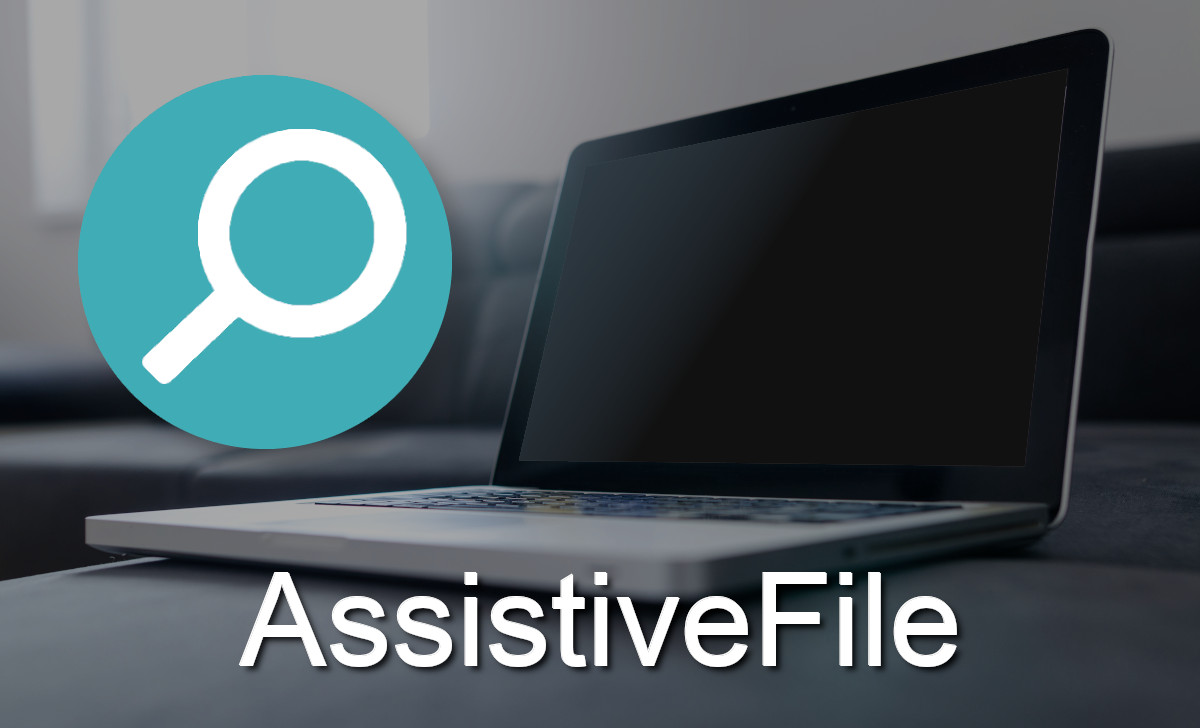
Sadly, a lot of software that claims to be able to fix Macs is in fact malware itself, or is simply fake and designed only to make you part with money. Here’s one thing you definitely shouldn’t do if you think your Mac is infected with malware: don’t Google a description of the problem and install the first thing you find that claims to be able to fix things. If having read the above you are pretty sure that you have a virus or some other form of malware on your Mac then this tutorial should help you address the problem, read on for a guide on what to do if your Mac has a virus, starting off with how to scan your Mac for viruses. If you get any of these symptoms then don’t panic: they don’t necessarily mean you have a malware or virus infection on your Mac. Advertising windows pop up on your desktop, seemingly unconnected with any browsing you’re doing or any program that’s running.

Going to your favourite sites doesn’t always work, as if something is randomly redirecting you to spam advertising pages.All web pages are overlaid with adverts – even those where you don’t expect to see adverts, such as Wikipedia.
/img_22.png)


Mac malware is incredibly rare – Mac viruses do exist, in fact there have been a few notable malware and virus reports in recent years, but there are a few reasons why Mac viruses don’t tend to take hold. It’s not necessarily the case that a virus is to blame though. These are all signs that you might have a virus on your Mac. Another sign is the sudden appearance of annoying pop-up windows or extra toolbars and applications you don’t remember installing. If your Mac has suddenly become very slow and laggy, started regularly crashing or showing error messages, and the sound of your fans whirring keeps you company, you may be suspicious that you have picked up some Mac malware. Get Deal How to tell if your Mac has a virus


 0 kommentar(er)
0 kommentar(er)
